Architecture
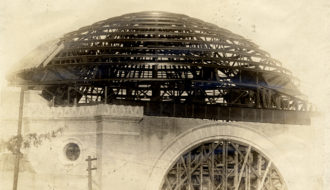
Emile Weil
Known for the vast range of buildings he designed, Emile Weil played an important role in Louisiana';s architecture in the first third of the twentieth century.

Known for the vast range of buildings he designed, Emile Weil played an important role in Louisiana';s architecture in the first third of the twentieth century.
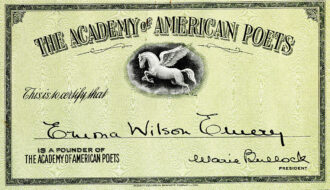
Louisiana’s first and longest-serving poet laureate, Emma Wilson Emery wrote poetry about romance, nature, and anti-war sentiments.
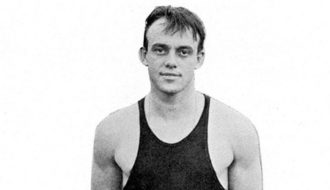
Martin Emmett Toppino was a champion sprinter from New Orleans who won a gold medal at the 1932 Olympics as a member of the US 400-meter relay team.

Sculptor Enrique Alférez's life spanned almost the entire twentieth century, with much of it spent creating art works in Louisiana.
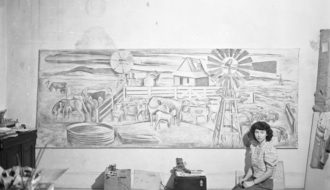
New Orleans born painter and instructor Ethel Edwards is known for her large-scale murals created during the New Deal era.
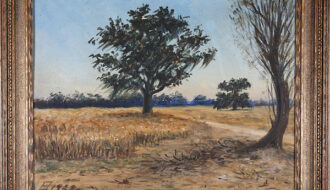
Ethel Hutson was a talented painter and pottery decorator and is recognized as a significant, well-connected figure in the New Orleans art world of the early twentieth century.

New Orleans photographer Eugene Delcroix's work ranges from studio portraiture to scenes of murky cypress swamps and French Quarter ironwork.
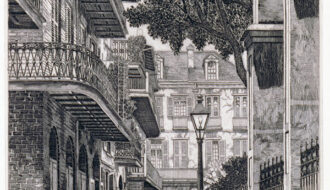
Eugene Loving was an artist and etcher who worked in the French Quarter of New Orleans from the 1930s until his death in 1971.
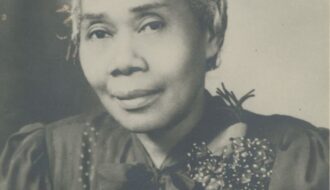
Fannie C. Williams was an educator, community organizer, and civil rights activist.
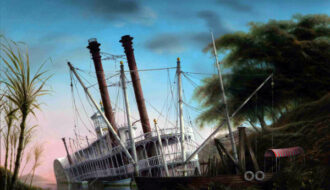
Artist Felix Kelly spent decades painting in the Deep South, often depicting themes of romanticized declining mansions and steamboats along the Mississippi River.
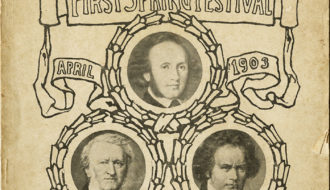
Ferdinand Dunkley was an organist and composer who sought to incorporate Louisiana folklife into his compositions in works such as “Street Cries” and “Bayou Songs.”
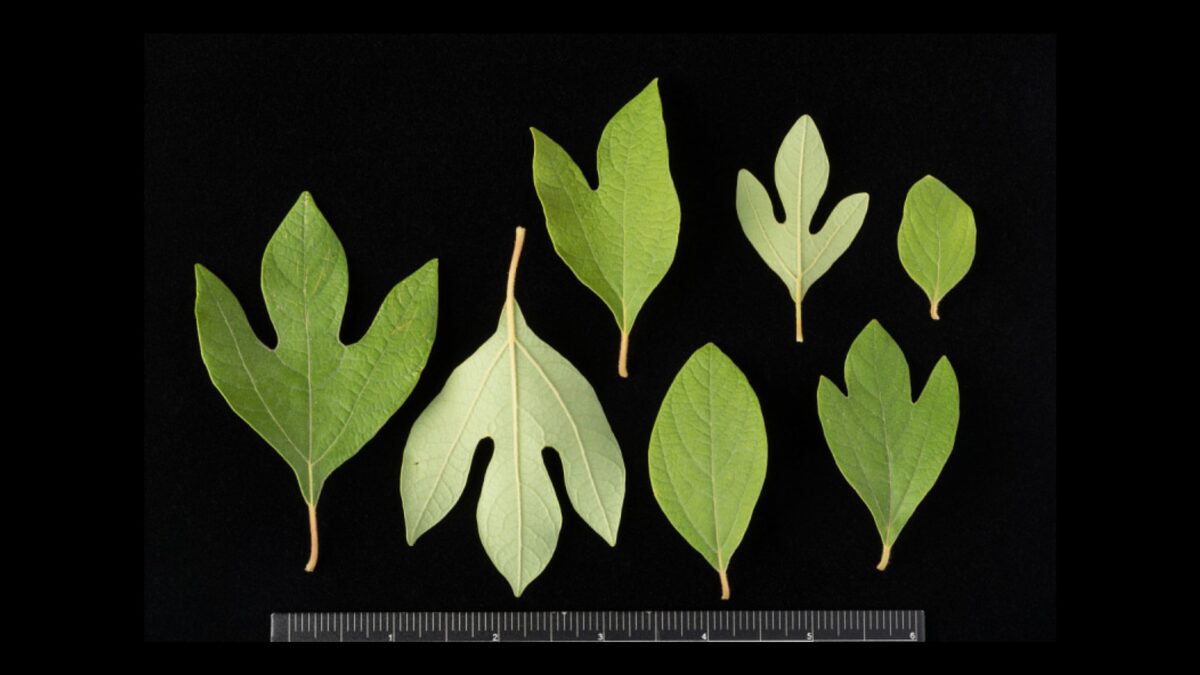
Filé, also known as filé powder or gumbo filé, is a seasoning and thickening agent made from dried and finely ground sassafras leaves.
One-Year Subscription (4 issues) : $25.00
Two-Year Subscription (8 issues) : $40.00
